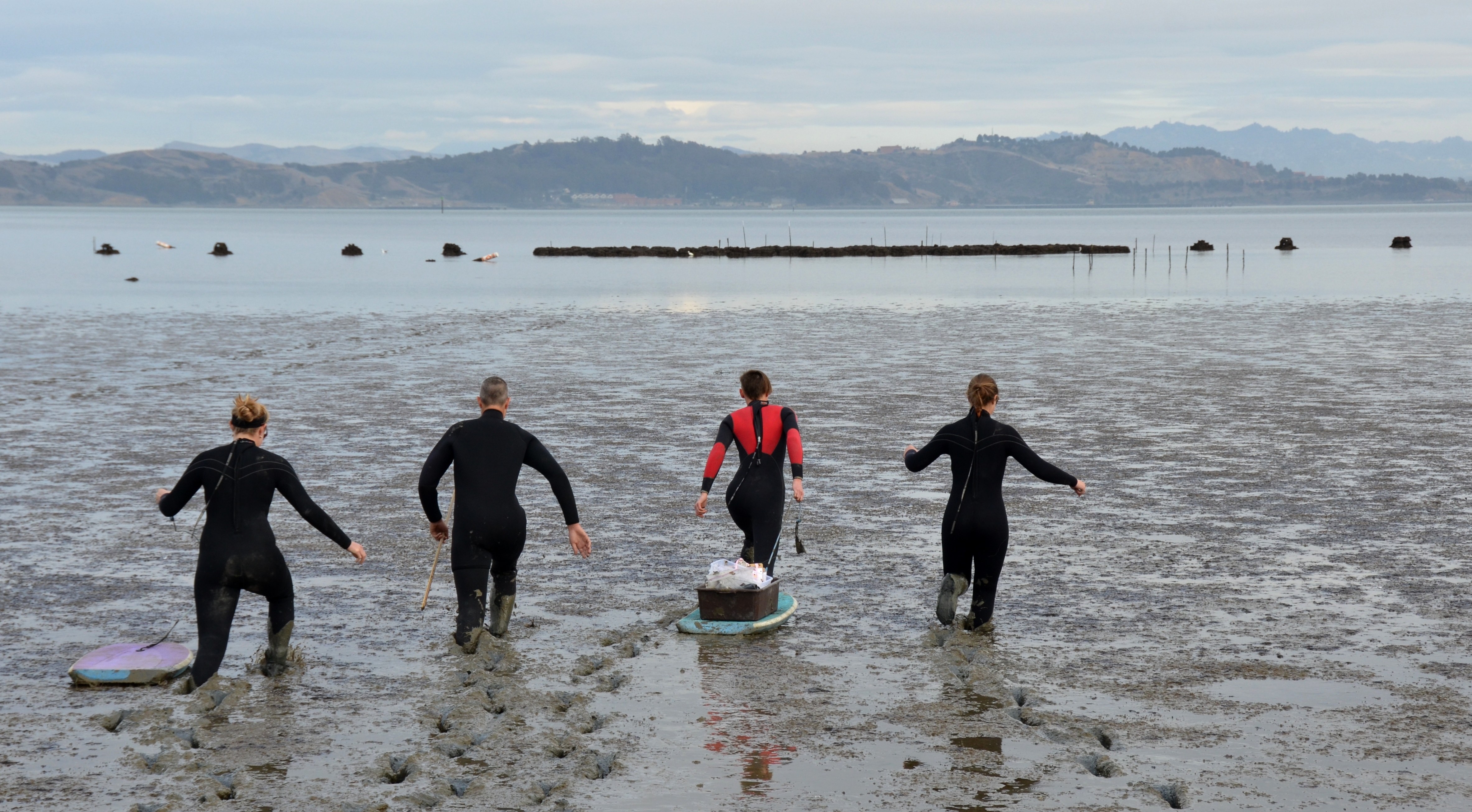The Native Olympia Oyster Collaborative (NOOC)
Our vision: Resilient native oyster populations in a network of bays and estuaries from British Columbia to Baja California, valued by people and forming an integral part of healthy coastal ecosystems
Our rationale: The Olympia oyster (Ostrea lurida) has been a part of coastal ecosystems on the North American West Coast for millennia, providing food and cultural value to humans, as well as serving as habitat and food for other animals, improving water quality, and protecting shorelines. This oyster species is much diminished across its natural range from British Columbia to Baja California. We aim to conserve and rebuild populations of native oysters to maintain their legacy for future generations
Our objectives and approach:
- Community engagement: educate the public about the North American West Coast’s only and iconic native oyster species in the context of healthy coastlines, and involve them in enhancement or monitoring activities. Draw from the experiences of Tribes and First nations, who have interacted with oysters for millenia.
- Restoration/conservation: support and expand existing efforts to conserve, protect, and restore sustainable oyster populations and habitats, and the ecosystem functions they historically performed, along the entire range of the species. Include oysters in broader strategic planning for restoration of healthy, resilient coastal ecosystems.
- Aquaculture: use hatcheries to support recruitment-limited populations, and explore how commercial production can be integrated with a sustainable restoration and conservation approach.
- Science: conduct research and monitoring projects to improve our understanding of factors that currently or in the near future will limit oyster populations, and identify the sites and methods for population enhancement, restoration, and recovery of ecosystem functions provided by native oysters within diverse west coast habitats.
Coastwide network: Collaboration will help us to better achieve these four objectives. A network of oyster scientists, practitioners, educators and aquaculturists will be able to exchange critical information. The network will complement, not supersede local or regional approaches. We will learn from each other and share scientific, management and educational resources. By working together along the coast, we can strengthen and connect many local efforts to conserve and restore Olympia oysters.


